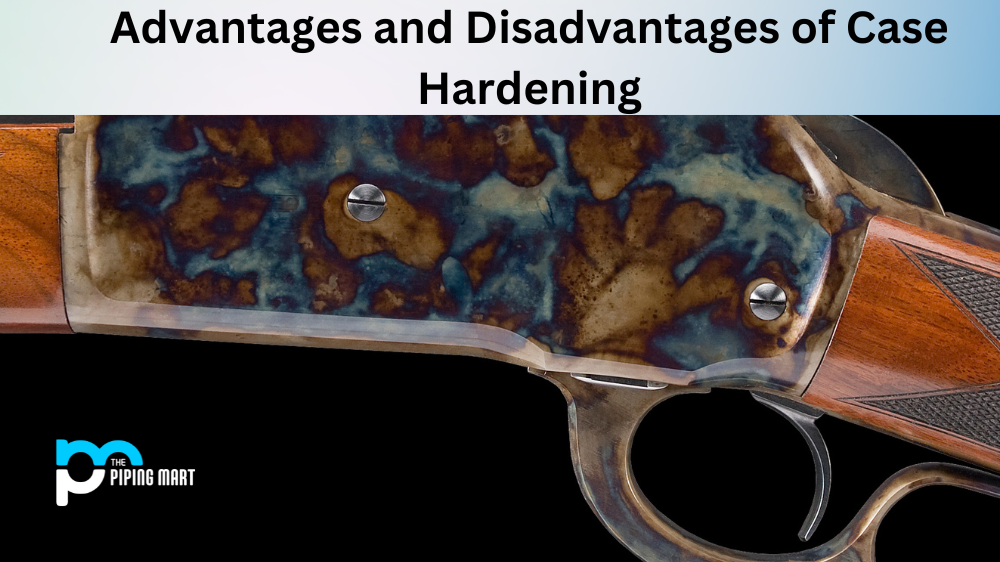Heat treatment is the process of heating and cooling metal to alter its physical and mechanical properties. The treatment can help enhance the metal’s strength, toughness, and corrosion resistance, among other characteristics. In metalworking, heat treatment is an essential process determining the metal’s suitability for its intended application. There are several types of heat treatment, each with unique benefits and applications. In this blog post, we’ll explore the various types of heat treatment to help you understand how each works and when to use them.
Annealing
Annealing is a heat treatment process that involves heating the metal to a high temperature and slowly cooling it. The process helps to soften the metal, making it more ductile and easier to work with. Annealing also helps to remove internal stress that can cause the warping or cracking of the metal. Annealing commonly produces metals, including aluminium, copper, and steel.
Hardening
Hardening is a process that involves heating the metal to a high temperature and quickly cooling it with water or oil. This process helps to increase the metal’s hardness and strength. Hardening is used in various industries, including automotive, aerospace, and construction. Metal parts that undergo hardening include gears, shafts, and bearings.
Tempering
Tempering is a process that involves heating the metal to a specific temperature and then cooling it at a controlled rate. This treatment helps to reduce the metal’s hardness and increase its toughness. Metal parts that have undergone hardening are usually tempered to improve their toughness and reduce the risk of cracking or breaking.
Normalizing
Normalizing is a heat treatment process that involves heating the metal to a high temperature and cooling it in still air. This process helps to refine the grain structure of the metal, which improves its strength and toughness. Normalizing is commonly used in steel production, where it removes internal stresses and improves the metal’s machinability.
Case hardening
Case hardening is a process that involves heating the metal’s surface and then quickly cooling it to create a hard outer layer while maintaining a softer, more pliable interior. Case hardening is commonly used to produce gears, valves, and other components that require a hard surface to resist wear and tear.
Conclusion
Heat treatment is essential in metalworking, and understanding the various types can help you select the proper treatment for your application. Whether you require improved strength, toughness, or durability in your metal parts, heat treatment can help you achieve the desired results. By leveraging the unique properties of each heat treatment method, you can produce high-quality metal components that meet your needs and exceed your expectations.

Hey, I’m Krutik, a casual blogger expert in the metal industry. I am passionate about providing valuable information to my readers. With a background in engineering and construction, I like playing Cricket & watching Netflix shows in my free time. Thank you for visiting my blog, and I hope you find my information helpful!




